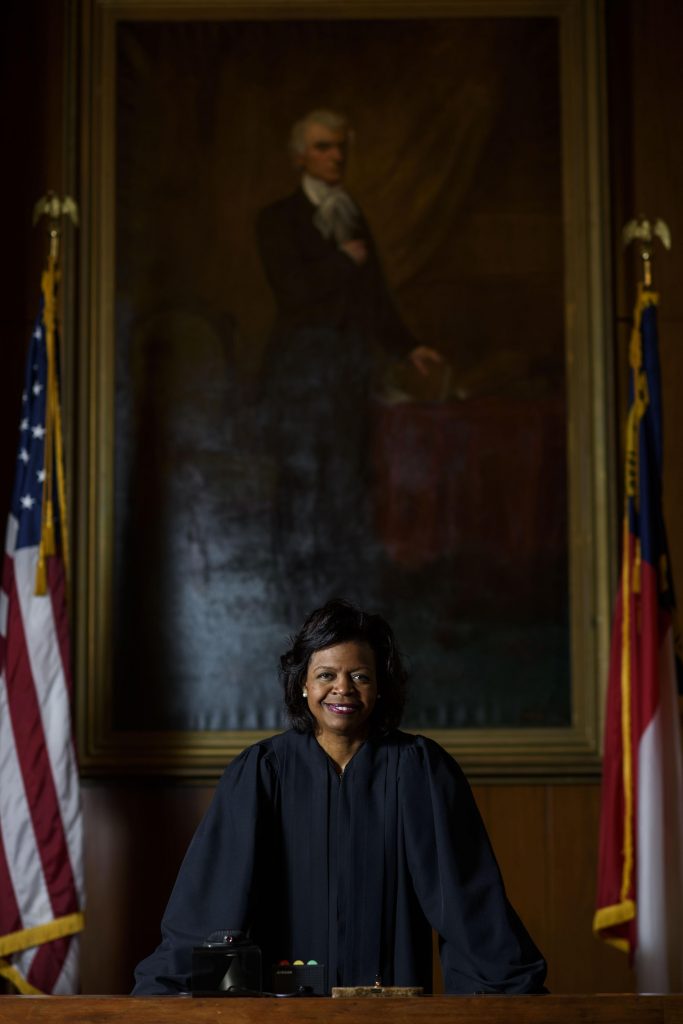In this Chapter
- Historical Overview
- Death Row Profile: Guy LeGrande
- White Domination, Anti-Black Violence, and the Death Penalty in North Carolina: How the Myth of Black Criminality Has Always Justified Violence Against African Americans
- In Black & White: Lynching & the Death Penalty were Two Sides of the Same Coin
- A Monument to Slavery Hangs Over N.C.’s Highest Court
- SAFEKEEPING: A Linguistic Monument to a Racist Past
- For Native Americans, First Genocide Then the Death Penalty
- Black Women Have Always Been the Heart of the Death Penalty Abolition Movement
UPDATE: In December 2020, approximately two months after the launch of Racist Roots, the N.C. Supreme Court voted to remove the portrait of Thomas Ruffin at the recommendation of an advisory commission. However, its removal does not change the fact that Ruffin looked down at the justices and lawyers as they argued appeals on behalf of more than 400 death row prisoners sentenced under our “modern” death penalty law. Many of them remain on death row today.
There is perhaps no clearer symbol of slavery’s lingering influence on the death penalty than the portrait that looms over the North Carolina Supreme Court, whose seven justices must review every death sentence. The courtroom is filled with portraits of former chief justices, but the painting of North Carolina’s third chief justice, Thomas Ruffin, is three times as large as the rest and occupies a place of honor directly behind the bench.
Ruffin served as chief justice from 1833 to 1852. He distinguished himself not only as a cruel slaver whose overseers burned enslaved people and rubbed salt and pepper into their wounds, but as the author of one of the nation’s most extreme pro-slavery decisions.
In the 1829 case State v. Mann, Ruffin held that a slave owner could not be prosecuted for shooting an enslaved woman because “the power of the master must be absolute, to render the submission of the slave perfect.” This precedent-setting decision had horrific consequences for enslaved people.
The power of the master must be absolute, to render the submission of the slave perfect.
Statues of Ruffin have recently been removed from the N.C. Court of Appeals and other courthouses around the state, but his portrait remains in the Supreme Court. When court is in session, Ruffin’s stern expression is aimed toward Cheri Beasley, North Carolina’s first African American chief justice.

Read an essay on Ruffin’s legacy by scholars Eric Muller and Sally Greene.